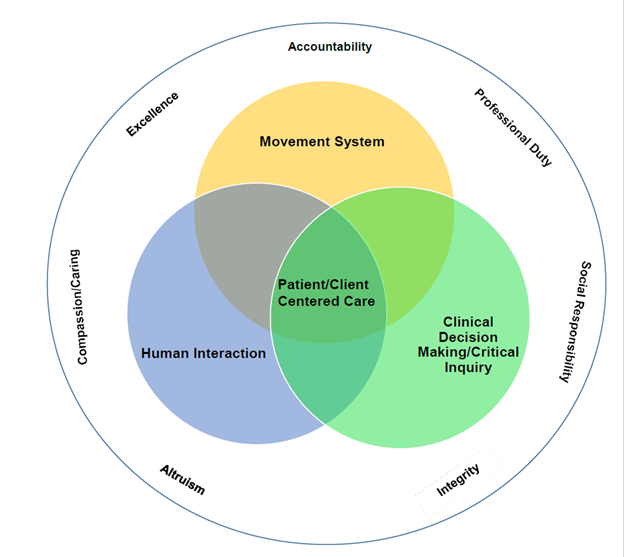- Go To Home
- A Supportive Path for The College of Saint Rose Students to Russell Sage College
- Advising FAQs
- Beacon Alert
- Conferencing & Event Services
- Download Your FAFSA Checklist
- Events
- Gator Gateway
- Graduate Programs
- Health Professions at Russell Sage College
- Introducing…The Gator Gateway
- Join Us for Sage Engage
- Pick your favorite Russell Sage College T-Shirt Design
- Russell Sage Blog
- Thank You!
- The David Pope Case: A Journey from Cold Case to Conviction
- The Russell Sage College I Can Achieve a Nursing Degree (ICAN) program
- Undergraduate Programs
- About
- Why Sage?
- Mission & History
- President’s Office
- Fast Facts
- Accolades & Accreditations
- Resources & Initiatives
- The Women’s Institute
- Diversity, Equity & Inclusion
- Diversity, Equity & Inclusion Past Events
- Diversity, Equity & Inclusion Subcommittees
- Gender Policy & LGBTQ Resources
- Holiday, Religious, and Faith 2023 – 2024
- Priority 1: Growing Leadership
- Priority 2: Increasing Access and Success
- Priority 3: Welcoming Campus Climate
- Priority 4: Attract, recruit, support and develop a diverse community
- Priority 5: Institutional Infrastructure
- Tobacco-Free Campus
- Greener Sage
- Consumer Information
- Conferencing & Events
- Maps & Directions
- Work at Sage
- Offices & Centers
- Academics
- Flex Format School of Management Graduate Programs
- Academic Calendar
- Program Finder
- List of Academic Programs
- General Education
- Courses & Catalogs
- Print Services
- Schools
- School of Arts & Sciences
- Esteves School of Education
- School of Health Sciences
- The Albany Med Health System and Russell Sage College Healthcare Workforce Partnership
- The Speech and Language Center at Russell Sage
- Admission
- Curriculum
- Mission & Philosophy
- Partnerships
- Accelerated 3+2 M.S.
- Faculty & Staff
- Biology Program
- Health Sciences Program
- Nursing Programs
- Occupational Therapy
- Nutrition Programs
- Doctor of Occupational Therapy (OTD) Program
- Doctor of Physical Therapy Programs
- Post-Baccalaureate Pre-Medical Studies
- Psychology Programs
- Forensic Mental Health Program
- School of Management
- Evening & Weekend Programs
- Online Programs
- Academic Resources
- Advisement & Support
- Research
- Centers of Inquiry
- Council for Citizenship Education
- Dawn Lafferty Hochsprung Center for the Promotion of Mental Health & School Safety
- The Helen M. Upton Center for Women’s Studies
- The Kathleen A. Donnelly Center for Undergraduate Research
- Sage Climate Crisis Educational Center
- Sage-SIFT Alliance
- The Center for Teaching & Learning
- Institutional Review Board
- Rubin Community Fellows Program
- Broughton Graduate Fellowship
- Find Funding Sources
- Centers of Inquiry
- Special Opportunities
- Faculty
- Admission & Aid
- Undergraduate Admission
- Graduate Admission
- Apply
- Request Info
- Visit, Events & Virtual Tours
- Evening, Weekend & Online Programs
- Financial Aid & Affordability
- How to Find College Scholarships
- What to Know About the New Free Application for Federal Student Aid (FAFSA)
- Approved Certificate Programs
- First-Year Tuition, Housing and Meals, Scholarships, and Financial Aid
- Transfer Tuition, Housing and Meals, Scholarships, and Financial Aid
- Graduate Tuition and Financial Aid
- Tuition & Fees
- Financial Aid Resources
- Graduate Assistantships
- State & Federal Aid
- Institutional Aid & Scholarships
- Financial Aid FAQ
- Meet the Financial Aid Staff
- Federal Student Loan Forgiveness Programs
- Student Life
- Student Life Office
- Residence Life
- Wellness Center
- Clubs & Activities
- Spirituality Center
- Diversity, Equity, and Inclusion
- Diversity, Equity & Inclusion Coalition Members
- Diversity, Equity & Inclusion Faculty Liaisons
- Sage Allies
- Title IX
- What Is Title IX?
- Top 10 Things Students Should Know About Sage’s Title IX Process
- Top 10 Things Employees Should Know About Sage’s Title IX Process
- Students’ Bill of Rights
- Policies & Procedures
- Faculty and Staff Resources for Sexual Assault Prevention and Response
- Reporting Rights
- Reporting & Confidential Resources
- Campus Climate Executive Summary
- It’s On Us: Sexual Assault Prevention
- Career and Self-Discovery Center
- Bookstores
- The Rev
- News & Events
- Alumnae/i
- Home
- Sitemap
- New Student Welcome
The Doctor of Physical Therapy program at Russell Sage College is a post-baccalaureate program where students enter the program in a summer semester. Students enrolled in the 3-year program complete 9 semesters of consecutive course work with integration of three full-time clinical experiences in the second and third summer semesters and from November–February of the third year. Part-time clinical experiences are also integrated to correspond with course work being completed in patient/client management courses.
Our mission and philosophy along with our student goals form the foundation for the physical therapy curriculum. Graduates of the Doctor of Physical Therapy program will be competent to practice physical therapy at an entry level consistent with the APTA Guide to Physical Therapist Practice, A Normative Model of Physical Therapist Professional Education, and the APTA Vision Statement for Physical Therapy 2020.
Patient/client-centered care is at the core of the curriculum design, which is based on the disablement model and the patient/client management model. The curriculum emphasizes a problem-solving approach for clinical decision-making, critical thinking skills, collaboration, communication, interpersonal interactions, and clinical research applications.
The curriculum has been developed along six organizing elements with six transcurricular themes:
| Organizing Elements | Transcurricular Themes |
|---|---|
| Musculoskeletal System | Safety |
| Neuromuscular System | Communication |
| Cardiovascular and Pulmonary System | Social Responsibility |
| Integumentary System | Ethical and Legal Behavior |
| Clinical Decision Making/Critical Inquiry | Evidence-Based Practice |
| Human Interaction | Life Long Learning |
Each of the Doctor of Physical Therapy courses is linked to at least one — and often more than one — organizing element. The organizing elements are based on the four preferred practice patterns in The Guide to Physical Therapist Practice with the additions of Clinical Decision Making/Critical Inquiry and Human Interaction. Course work associated with each of these elements progresses in depth and specificity through the curriculum. Basic knowledge, skills, and values are presented early in the curriculum and are then refined and reinforced in the later courses within the same organizing element.

The six transcurricular themes throughout the courses and co-curricular activities help prepare students to function in an increasingly complex social and health care culture. They are consistent with APTAs document on Professionalism in Physical Therapy: Core Values and reflect the mission of the School of Health Sciences that stresses preparation of students to become professional practitioners who are responsive to, and show concern for, the needs of the individual, community, and society.
The curriculum includes a variety of courses that prepare students for clinical practice as physical therapists. The foundational and behavioral sciences courses build on the undergraduate prerequisite courses. These provide the basis for the clinical sciences, patient/client management, and practice management content in the Doctor of Physical Therapy program.
The curriculum is structured to foster the development of students in the cognitive, psychomotor, and affective domains and a variety of teaching methods are used to accommodate individual learning styles. In many courses across the curriculum students have exposure to patients and clients. This helps reinforce the material learned and allows students to practice newly acquired skills. Concurrent with the corresponding patient/client management courses, the clinical applications component of the curriculum provides students with a part-time clinical education experience with patients in the cardiovascular and pulmonary, integumentary, musculoskeletal, and neuromuscular practice areas.
Evidence-based practice is emphasized throughout the curriculum. Each course includes evidence gathering, critical review of literature, or use of the scientific method to answer a question or make a decision related to practice. Students become proficient in accessing the professional literature, become critical consumers of the literature, and apply the findings to clinical decision-making.
In order to prepare students to become excellent consumers of research and beginning clinical researchers, the curriculum includes a three-course research sequence. This sequence culminates in a capstone project. Students choose to write a clinical case report or apply to work with faculty on their ongoing research projects. At the completion of the final year of the Doctor of Physical Therapy program, students present their capstone project at the annual Graduate Research Symposium.

